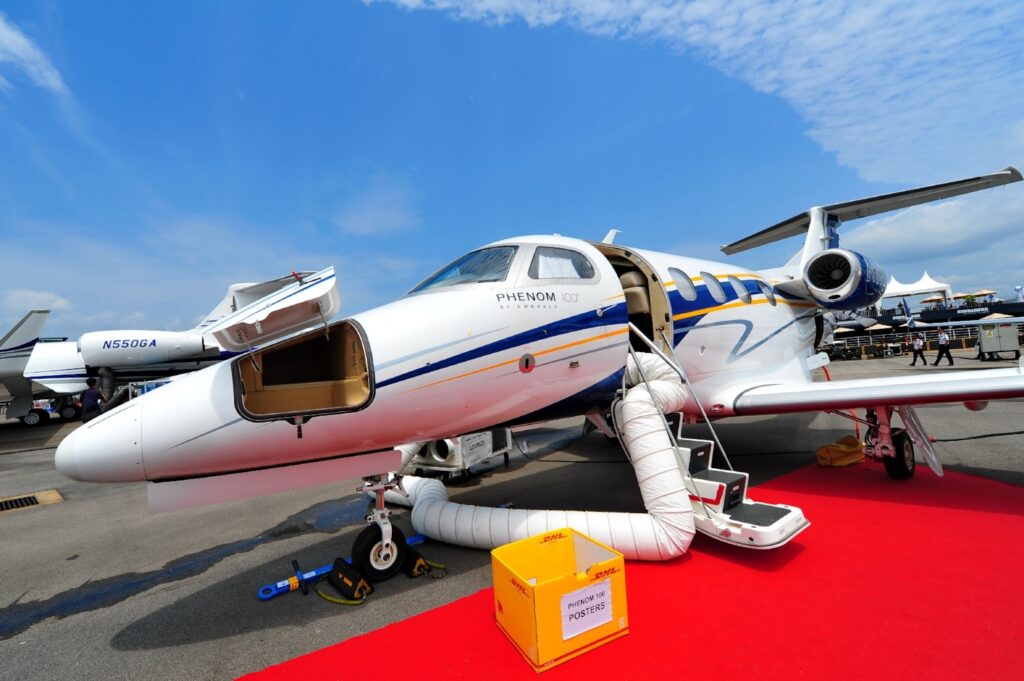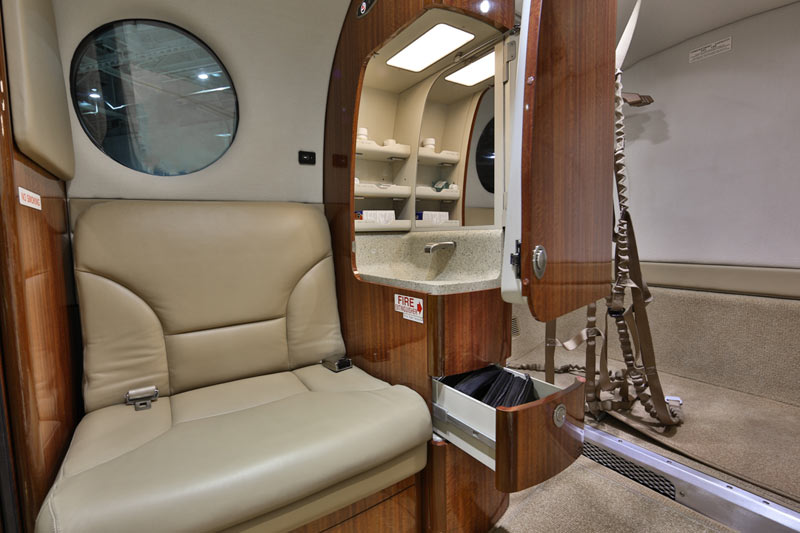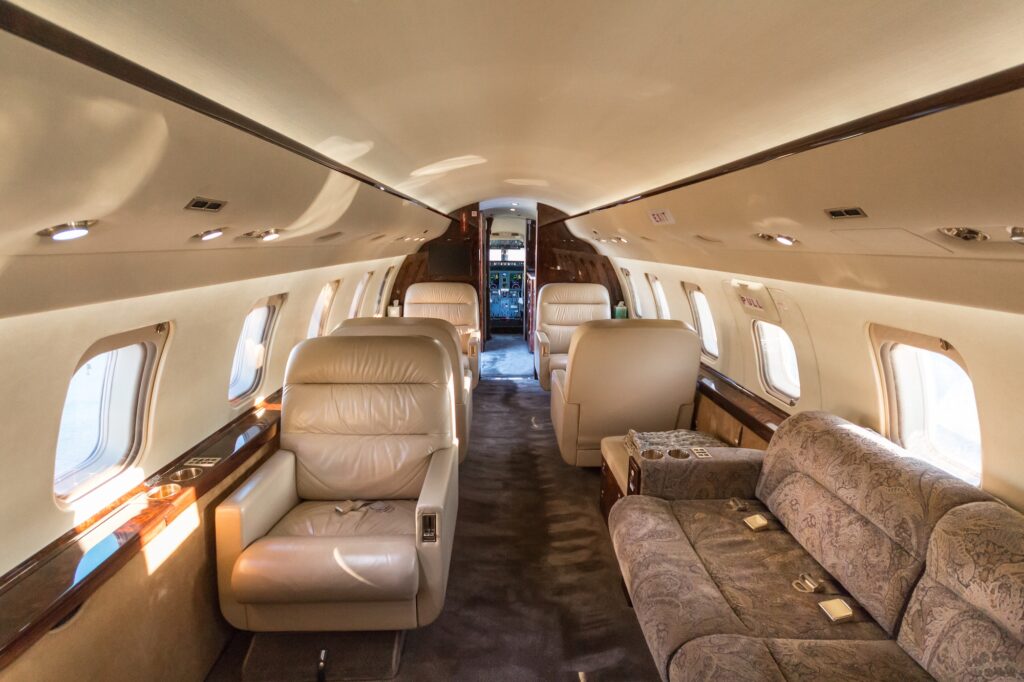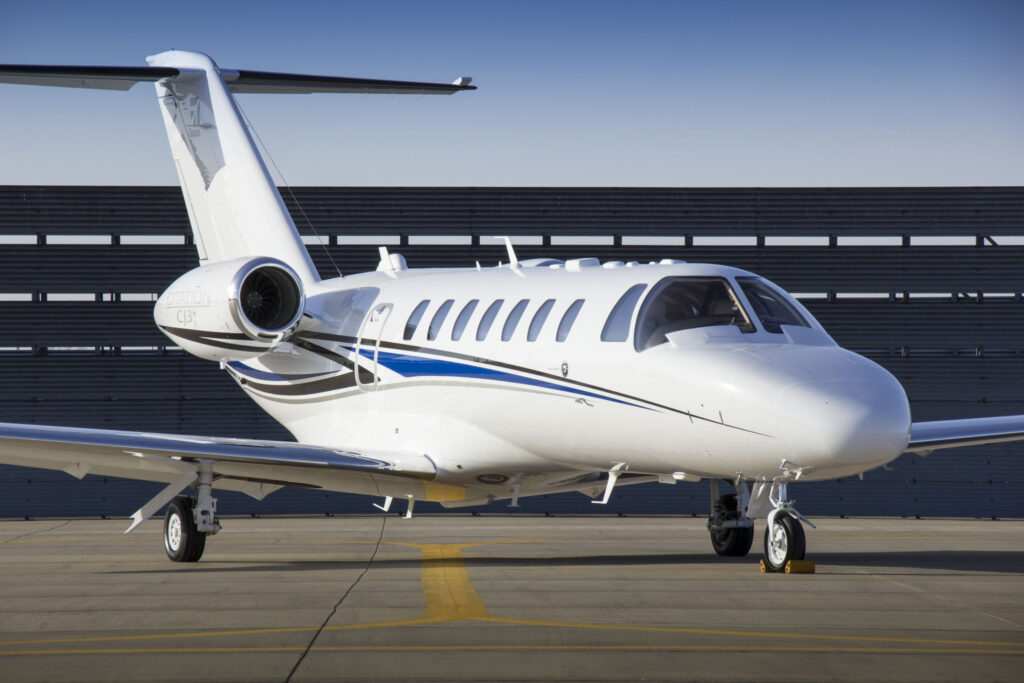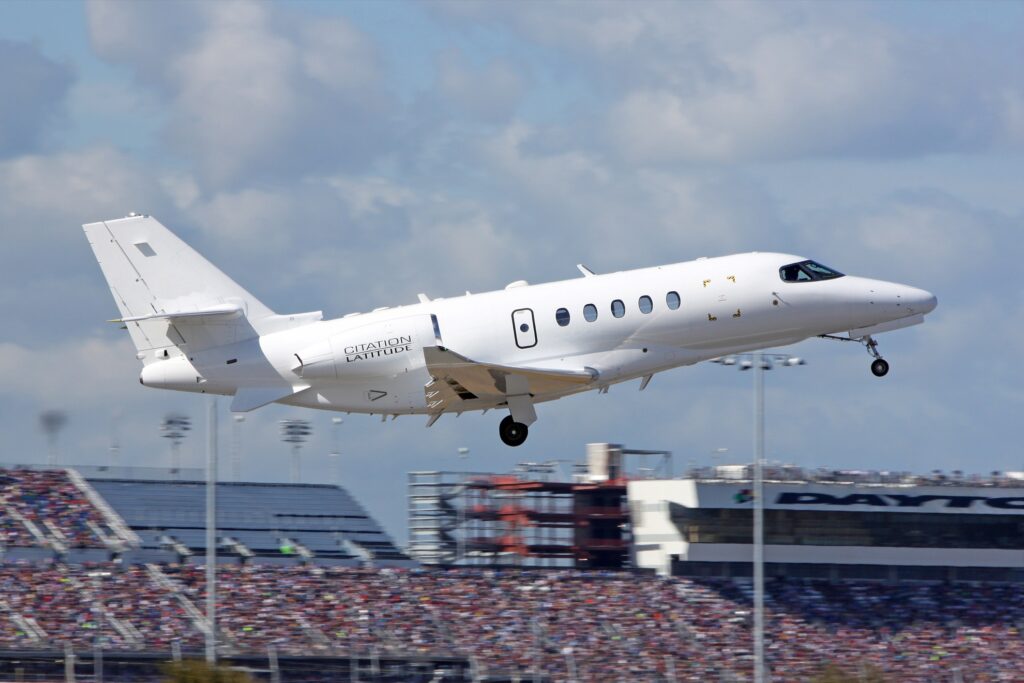Nearly every aircraft purchase includes what is called a pre-purchase inspection in order to check the aircraft for damage that might not be easy to spot for the untrained eye, including corrosion and other hidden damage. A thorough pre-purchase inspection can help reduce problems in the future. When major inspections are due or the aircraft is resold, problems that were overlooked in the initial inspection can come back to bite. Although a pre-purchase inspection can be expensive, it can save you a lot of money down the road, ensuring that you don’t stumble upon any unexpected maintenance items in the near future.
Sellers may be wary of a pre-purchase inspection, because any damage found reduces the value of the aircraft. However, it is always in the buyer’s best interest to require a detailed pre-purchase inspection. Typically, the buyer is responsible for paying for the inspection, including any test flight he or she may request. Sometimes the buyer can perform inspections in conjunction with scheduled maintenance, thereby reducing the price of the pre-purchase inspection. It is important to clarify that both parties have equal access to the aircraft and any reports generated by the service center during the process.
During most pre-purchase inspections, the buyer has the freedom to decide how intensive the inspection should be. The decision should be based on maintenance due in the near future, how recent the latest inspection was, and specific items the buyer wants looked over. The inspection scope should be determined before the aircraft is relocated to the service center, and this list should be included in the aircraft purchase agreement. This will eliminate confusion about what’s being done and who is paying to fix any “squawks.” Usually the seller agrees to repair any discrepancies that affect the airworthiness of the aircraft, although other terms can certainly be negotiated.
Each make and model of aircraft undergoes a different type of pre-purchase inspection. King Airs typically include Phase 1 through 4 inspections, log book research, engine borescopes and fuel leak/mapping inspections, which ends up costing about $14,000. Corporate jet pre-purchase inspections are subject to what is due on the individual aircraft. For example, a Hawker pre-buy usually includes Phase B, E, and F inspections with an engine/EPU borescope, fuel leak/mapping inspection and a removal of the potty to inspect underneath for corrosion, which costs about $28,000. However, that can change if other inspections (like the intensive G inspection) are due in a short period of time. Citation inspections vary depending on the model of the aircraft and upcoming maintenance items. Older 500, 501 and 550 models typically require Phase 1 through 4 inspections, and possibly a Phase 5 if it’s due within the next 12 months. Phase 1-4 inspections cost about $17,000. The cost increases to $25,000 if you add Phase 5. Citation Jets, however, require a Doc 10 inspection, which costs right around $30,000.
When choosing a service center for your inspection, there are several factors to consider. Is it conveniently located for each party? Is it factory authorized or factory owned? What is the service center’s reputation? How soon do they have an opening in the schedule? If the aircraft has recently undergone maintenance, the buyer may opt to merely do a survey of the books and the maintenance report. Although each is different, the following are some general items a pre-purchase inspection will usually encompass:
Airframe
- The presence of any corrosion
- Window prism checks
- General cosmetics and condition
- Leading edges
- Fuel tank leaks
Documentation
- Tags/labels for interior components
- Log books
- Certificates
- Maintenance reports
- Engine logs
- Proper history of components or modifications
Landing gear
- The condition of tires and brakes
- Corrosion or time-life limited components
- The functioning of the shock absorbing system, retraction system, scissor links, and shimmy damper
- The condition of gear attachment points and microswitches
The interior of the cabin
- Operations of systems and avionics
- Pressurization
- Door seals
- Window shades, delamination, polarization
- Seat functionality and security
Engines
- Review of the engine maintenance program contract
- Engine performance runs/making full power on all engines – on ground and at altitude
- The presence of any corrosion or foreign object damage
- The condition of the batteries
- Thrust reversers
The propeller(s)/rotor
- The condition of the blade and hub
- The functioning of the governor and spinner
- Check prop sync features/auto feathering
Learn how you can get discounted rates on maintenance, training and more by clicking below.
Click here to learn more about
our Clear Skies Club membership

